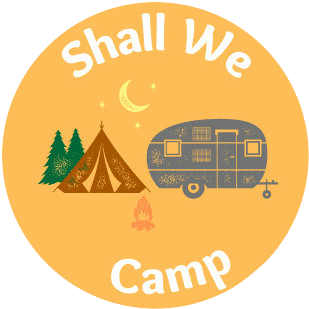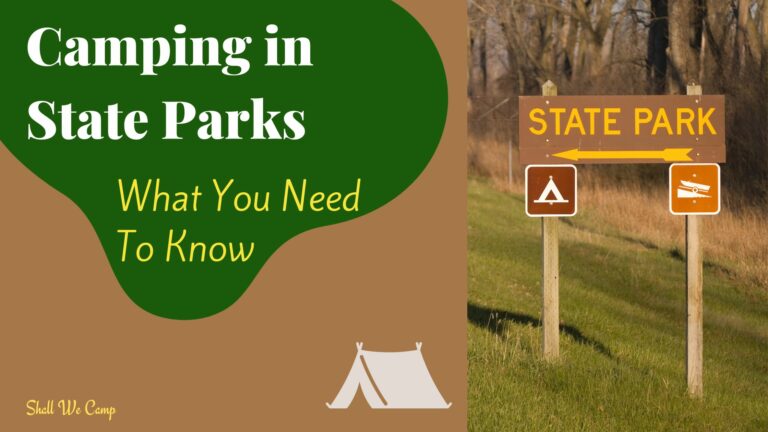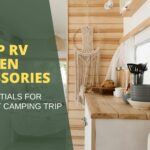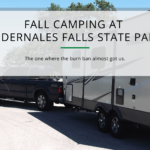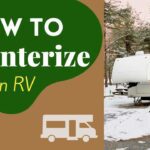When you are planning a camping trip, you should take into account what you want to do. For instance, do you plan on hiking, fishing or maybe kayaking? Depending on what activities you plan on doing, find a state park that offers what you love.
You will also want to keep in mind what amenities are available at the state park. Look up whether there are restrooms, showers, or picnic areas. If you are RV camping, find out whether there are full hook-ups or just water available.
Each park comes with its own set of rules. Some might need special permits, especially for fishing or backcountry camping.
Get information about all of this before you head out, so there are no surprises once you arrive.
Check out reviews and chat with other campers. Personal experiences can give you the scoop on hidden gems or things to watch out for. I like to use iOverlander to get more information about a camping area and read what others have to say about their own stay there.
Affiliate Disclaimer: This site contains affiliate links, which means I may earn a commission on purchases made through these links at no extra cost to you.
Table of Contents
Essential Gear and Packing Tips
Start with a solid checklist. It keeps things organized and you’re less likely to forget something important.
Obviously you’re gonna need the basics: a sturdy tent, a comfy sleeping bag, and some cooking equipment. Think about what you'll eat and how you'll cook it. A portable stove or a grill is a great idea.
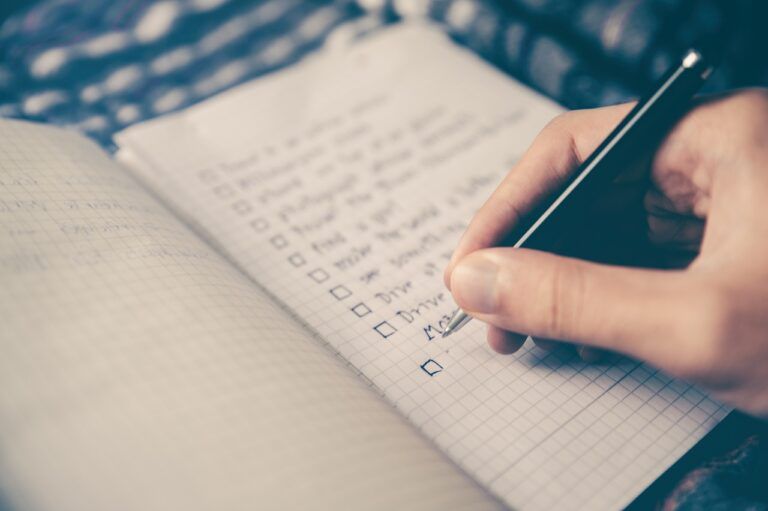
Weather is usually unpredictable, so bring layers. Having clothes that can keep you warm at night and cool during the day is super important. Waterproof jackets are a must in case of a sudden rainstorm.
Food can be tricky when you want tasty but easy-to-prepare meals. Quick snacks like trail mix and jerky are great to have on hand. And always think about food storage to keep critters out. A cooler with ice packs works well.
Keep safety a priority by packing a first aid kit. Even small injuries need attention. Toss in some bug spray, sunscreen, and a flashlight with extra batteries. Better to have them and not need them than the other way around.
Safety and Conservation Practices
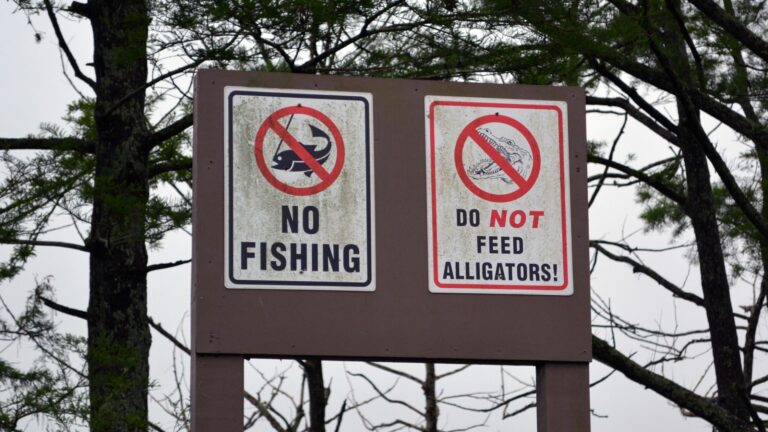
Knowing the state park rules will help you stay safe as well as respect nature and the surrounding environment. For instance, some parks have specific areas where you can camp, hike, or fish. Following these guidelines ensures you’re not disturbing the natural habitat.
Always keep a safe distance from animals, no matter how cute or curious they seem. Use designated food storage solutions to avoid attracting animals to your campsite. And don’t forget – never feed the wildlife.
Campfire safety is extremely important. Only build fires in designated fire pits and keep them manageable. Have a bucket of water or sand nearby just in case. Before leaving, make sure your fire is completely out. Embers can reignite and start wildfires, which can devastate these beautiful parks.
Prepare for emergencies. Maps and communication devices are great, especially in areas with limited cell service. Know where the nearest ranger station is or an emergency contact point. This preparation makes sure that you can get help quickly if something goes wrong.
Conservation is about following the state park rules as well as an overall mindset. Leave No Trace is an excellent principle to follow. Pack out everything you pack in and leave nature exactly as you found it. Small actions, like picking up litter (even if it’s not yours), make a big difference.
Family-Friendly Activities and Tips
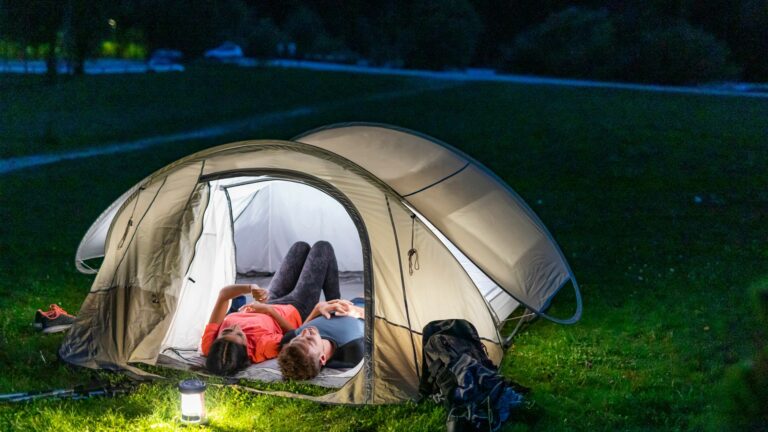
Camping with family can be an unforgettable experience, especially with the right activities. Kids get bored fast, so mix things up with scavenger hunts or nature crafts. Keep them entertained, and you’ll have happier campers all around.
State parks often have guided tours and educational programs. These are perfect for learning about local wildlife and ecosystems. Plus, park rangers love sharing their knowledge and can make the experience even more engaging.
Bringing little ones along? Be sure to pack a few comforts from home… maybe a favorite toy or blanket. And plan for lots of breaks. Little legs get tired quickly, so pace yourself.
Pets are part of the family too. If your park allows dogs, bring them along. Just make sure to follow park rules about leashes and clean up after them. It’s a great way for everyone to enjoy the outdoors together.
Meeting other campers can be part of the fun. Kids can make new friends, and adults can swap camping stories and tips. Being social can add another layer of enjoyment to your trip.
Making the Most of Your Camping Experience
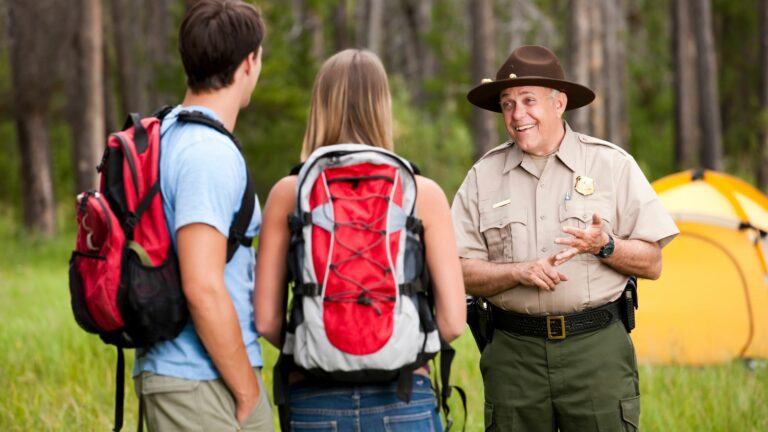
Nailing the setup and teardown process can set the tone for your whole trip. Get everything laid out and organized as soon as you arrive. This gives you more time to enjoy your surroundings.
Technology isn't always a camping buzzkill. Apps for stargazing can help you identify constellations on clear nights. GPS apps ensure you stay on track during hikes, which is especially helpful in larger parks.
Park rangers and staff are treasure troves of information. Don’t hesitate to ask them about the best trails, hidden spots, or any safety concerns. Their insider knowledge can significantly enhance your experience.
Capture the moments. Whether you're into photography or just snapping shots on your phone, good photos make for lasting memories. Early mornings and late afternoons usually offer the best light for photos.
After packing up, take a moment to reflect on your adventure. What did you love? What would you do differently next time? Planning future trips based on this experience can make every camping trip better than the last.
Check out my article on the 10 Must-Have Camping Cookware for Outdoor Cooking. It's packed with essential gear recommendations to make your camping meals even more delicious and hassle-free!
